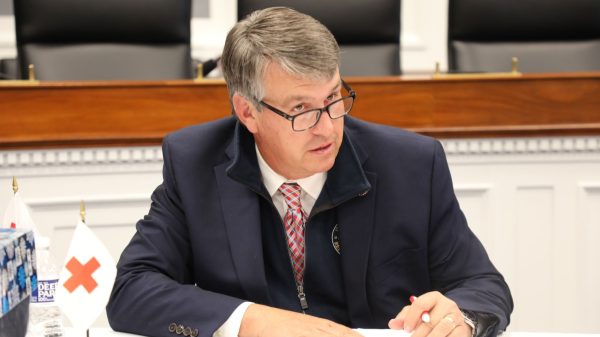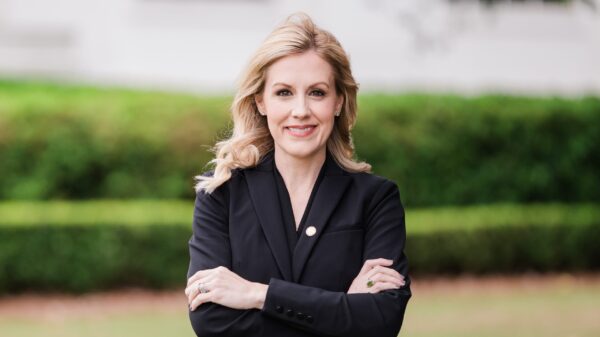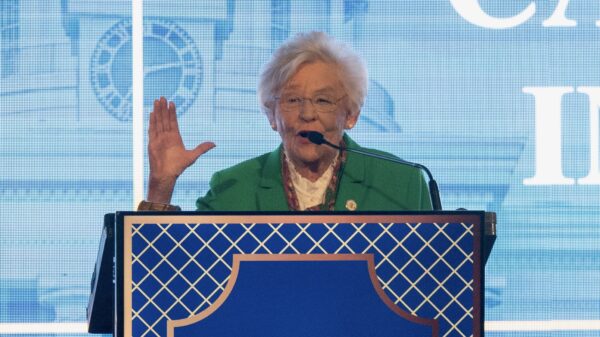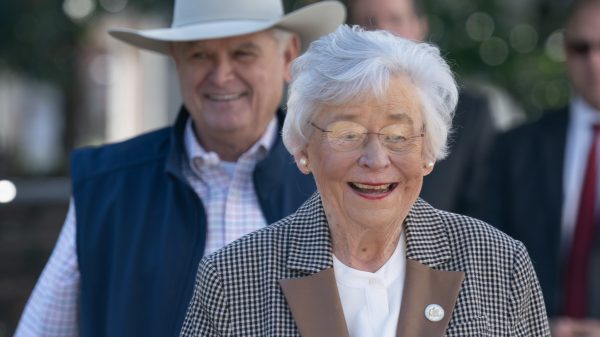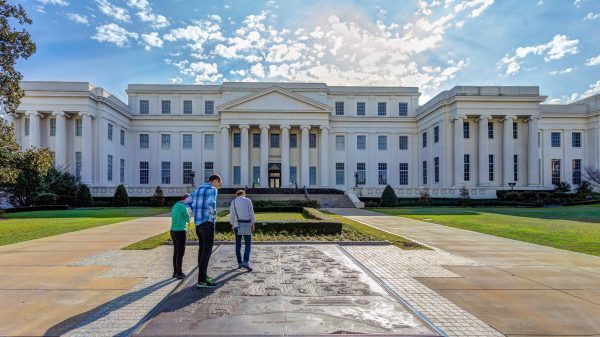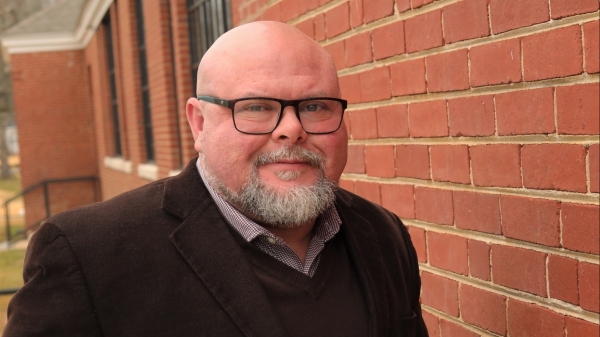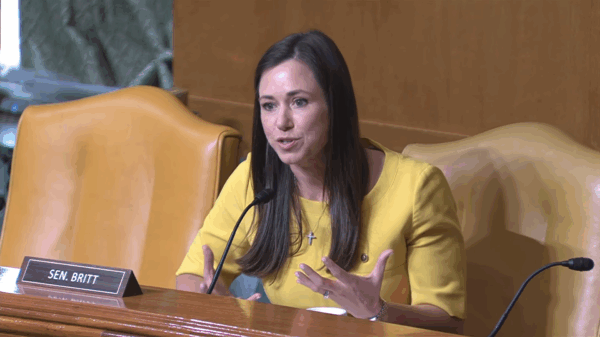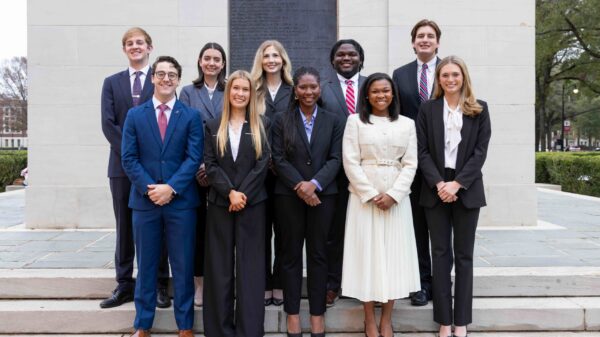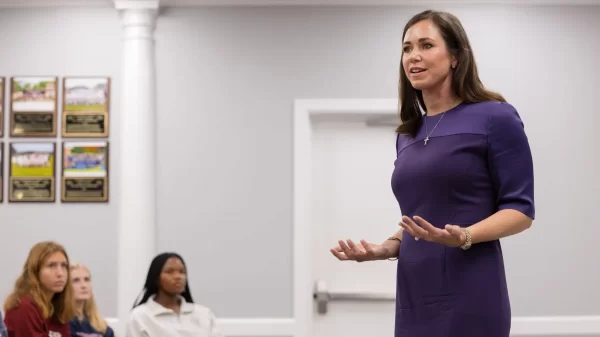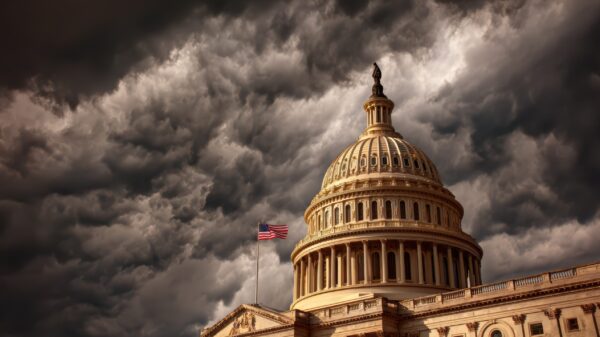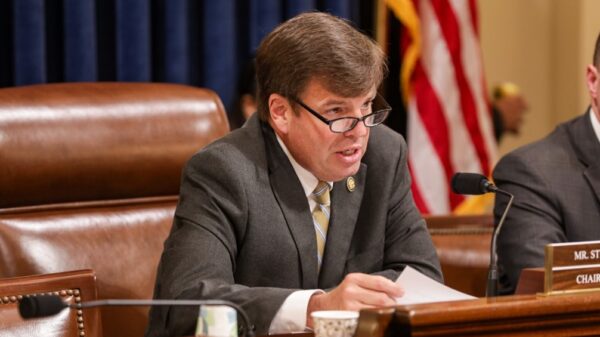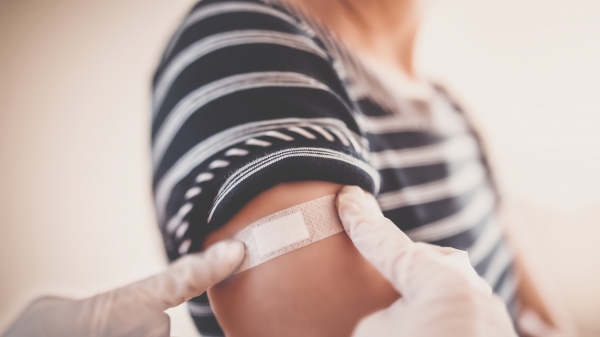New research from the University of Alabama at Birmingham says that if there had been no stay-at-home orders issued in the U.S. in response to the coronavirus pandemic, the country would have experienced a 220 percent higher rate of infection and a 22 percent higher fatality rate than if such orders were implemented nationwide.
Seven states never imposed stay-at-home orders, or SAHOs. The study analyzed daily positive case rates by state against the presence or absence of statewide SAHOs between March 1 and May 4, the period when such orders began to be implemented. Twelve states lifted their SAHOs before May 4.
The researchers defined SAHOs as being in effect when a state’s governor issued an order for residents of the entire state to leave home only for essential activities and when schools and nonessential businesses were closed.
“During March and April, most states in the United States imposed shutdowns and enacted SAHOs in an effort to control the disease,” said Bisakha Sen, the study’s senior author. “However, mixed messages from political authorities on the usefulness of SAHOs, popular pressure and concerns about the economic fallout led some states to lift the restrictions before public health experts considered it advisable.”
The research also sought to determine if the proportion of a state’s Black residents was associated with its number of positive cases. It found that there was.
“This finding adds to evidence from existing studies using county-level data on racial disparities in COVID-19 infection rates and underlines the urgency of better understanding and addressing these disparities,” said study co-author Vidya Sagar Hanumanthu.
The research can help advance a greater understanding of racial disparities in the health care system as a whole, and help leaders make future decisions about shutdowns as the virus continues to spread, Sen said.
“While the high economic cost makes SAHOs unsustainable as a long-term policy, our findings could help inform federal, state and local policymakers in weighing the costs and benefits of different short-term options to combat the pandemic,” she said.
The study was published Friday in JAMA Network Open.

